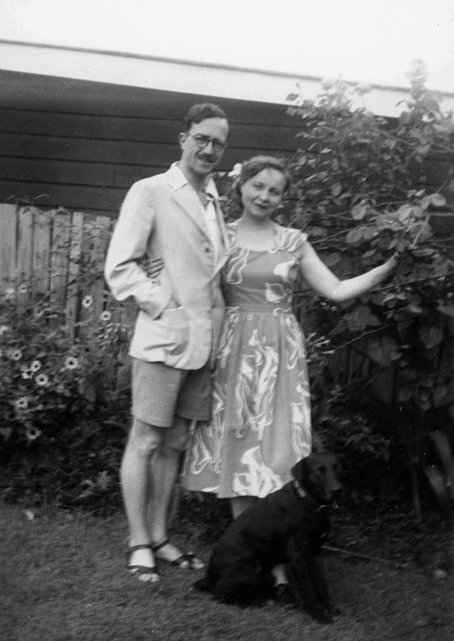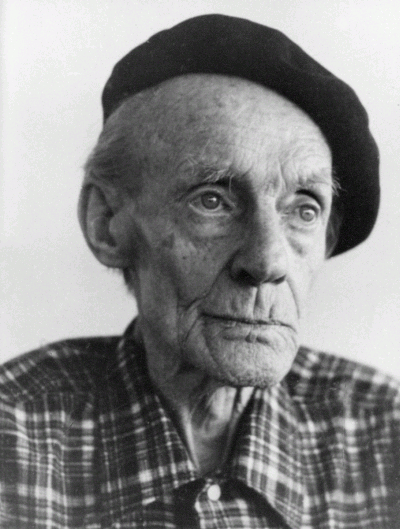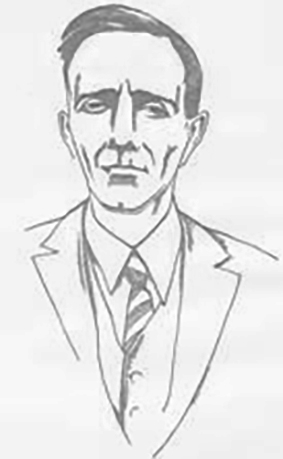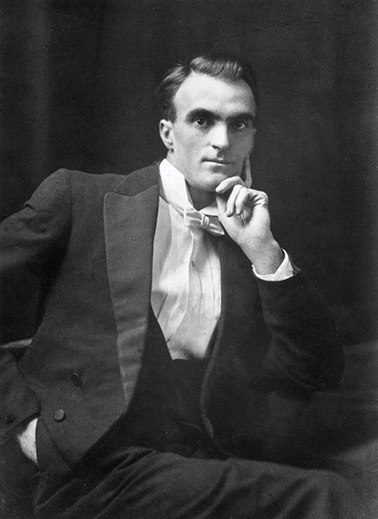Four poets of the first Meanjin

Clem Christesen
Clement Byrne Christesen was born in Townsville in 1911 and moved to Brisbane in 1917. He attended the University of Queensland and worked as a journalist Brisbane's Courier-Mail and the Telegraph, as well as a publicity officer for the Queensland government.
In the Australian tradition of roaming overseas, Clem travelled to Europe in 1939, which was on the brink of war. When he returned to Brisbane he was shocked at the apathy and inward looking focus of Australians and was determined to inspire an Australian culture.
In 1940 he co-founded Meanjin Papers, a small poetry magazine, in Brisbane. It was extremely difficult due to war time rationing and disputes with the co-founders. By 1942 he was sole editor. Also in 1942, he married Nina Maximov. Her unflinching encouragement maintained Clem’s belief in the sustainability of the journal, and their reciprocal support made for a long lasting relationship. With the offer of a salary on the table, Clem moved Meanjin to University of Melbourne Publishing in 1945. Nina became a professor of Russian at the University of Melbourne and they lived in Eltham at their property ‘Stanhope’, a magnet for intellectual gatherings. The move to the University was not a happy one, but Clem managed to keep Meanjin on track despite the difficulties.
He died in a nursing home in 2003, two years after Nina passed away.

Paul Grano
Grano was born in Ararat, Victoria, in 1894. He wrote for the Melbourne University Magazine (edited by future Prime Minister Robert Menzies), while attending university and later contributed a few pieces to The Bulletin. He was consistently writing poetry, but he was forty before his first book, The Roads, was published in 1934. He had moved to Brisbane in 1932 and opened a bookshop, he was a well known literary figure in Queensland, partly due to his involvement in the Jindyworobak movement.
In 1940, he co-founded Meanjin with Christesen, Vrepont and Picot, and the support of the Queensland Authors and Artists’ Association. He fell out with its co-founders after the second issue came out, writing to The Bulletin to effectively end his partnership. Part of the problem stemmed from Grano’s strongly held Catholicism, and part his desire to be in charge. Christesen was also someone who needed to be at the helm and left no room for Grano, as stated in his ‘resignation’ letter to the Bulletin.
He published further books of poetry while maintaining a Government job. He died in 1975.
His poetry shows an excellent command of technique, however his inspiration comes more from older style work of Owen and Hopkins, rather than more modern approaches, such as Eliot. His topics range from a sense of place, spirituality, love and sometimes satire. In early years his work was included in anthologies, but its overwhelming Catholicism caused later readers to avoid it.

James Picot
James Picot was born in Hertfordshire, England in 1906. In 1923, he moved to Queensland under an assisted migration scheme. In the 1920s he began to publish poetry in both English and Australian journals and in 1928 Picot had a poem accepted by the Bulletin, and columns by the Melbourne Age and Brisbane Courier. He took agricultural jobs before small inheritance allowed him to move to Brisbane, where he studied to be a teacher and briefly at a theological college, but decided literature was a more suitable career.
In 1939 he became friends with Brian Vrepont, and through Vrepont, Picot met Clem Christesen.
In 1941 he enlisted in the second AIF, and was posted to Singapore, where, upon the Japanese invasion, he was taken prisoner. He was forced to work on the Burma railway, and he died of disease in Thailand, in April 1944.
His poetry is a mix of experimentalism and archaic language, often powerful and passionate.

Brian Vrepont
Brian Vrepont was born Benjamin Arthur Truebridge, in Carlton, Victoria in 1882. He attended Middle Park State School and then was tutored privately. He became a music teacher and in 1915 he taught violin at the Conservatorium of Music, University of Melbourne. He worked his way around Australia and New Zealand for about 10 years doing odd jobs. He settled in Brisbane in the early 1930s and published his first book, Plays and Flower Verses for Youth in 1934. He was by then writing frequently, mostly for the Brisbane Telegraph which printed nearly seventy of his poems and a large number of his reviews. In 1939 he won the C. J. Dennis memorial prize for The Miracle (Melbourne, 1939), a long theoretical poem. Later, he moved to Sydney, then Perth and died in 1955.
His poems show an affinity with the natural landscape. His poem The miracle bemoans the destruction of the landscape by over-farming, still relevant today.
Signatures of the four poets in the first edition of Meanjin.
